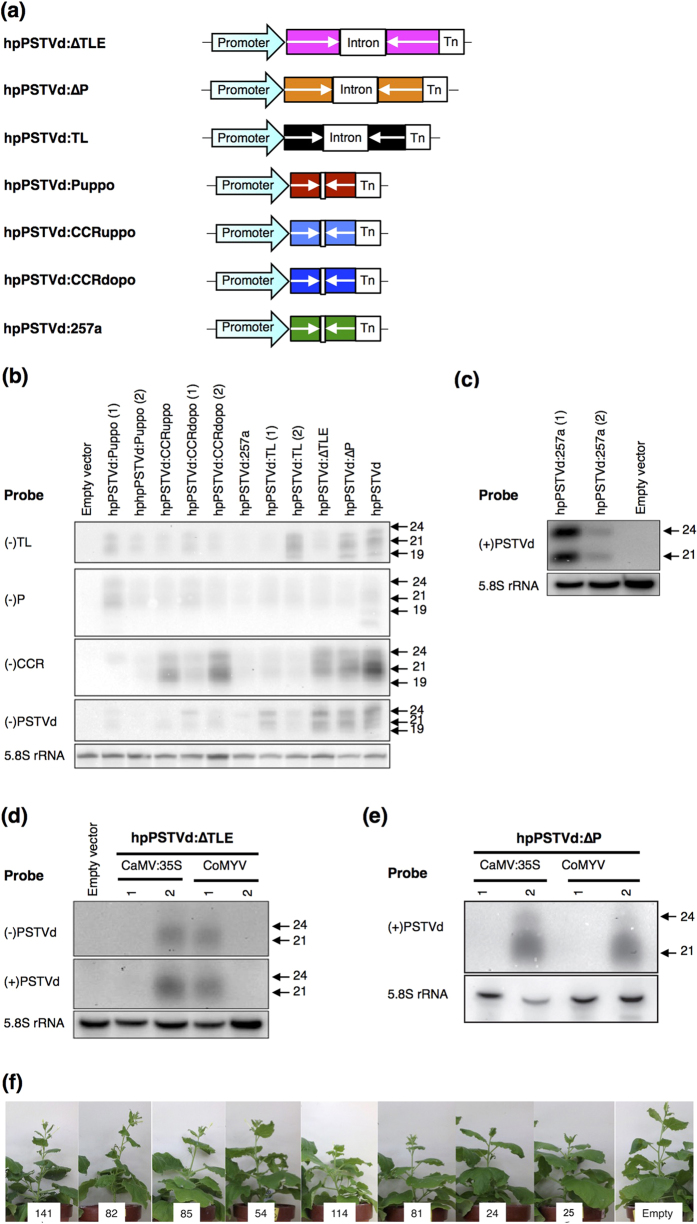Figure 3. Selection of the transgenic N. benthamiana lines.
(a) Schematic diagrams of all of the hpPSTVd constructs. The arrows indicate the PSTVd sequences used. The head-to-head sequences in the hpPSTVd:∆TLE, hpPSTVd:∆P and hpPSTVd:TL were separated by intron sequences whereas a small spacer sequence was used in all other constructs. In order to evaluate the production of PSTVd-sRNA by each of the IR constructs under the control of CaMV-35S promoter, N. benthamiana leaves were agroinfiltrated with the IR constructs and total RNA was extracted at 3-dpi and was subjected to an RNA gel blot hybridisation assay using DIG-labelled (b) (−) TL (antisense-TL), (−) P (antisense-P), (−) CCR (antisense-TCC), (−) PSTVd (antisense-PSTVd) and (c) (+) PSTVd (sense-PSTVd)-riboprobe. The amount of siRNA produced by (d) hpPSTVd:∆TLE and (e) hpPSTVd:∆P under the control of either CaMV-35S and CoMYV promoters were verified by RNA gel blot assay. Lane 1 and 2 represents the different clones of the IR constructs. (f) T3 generations of the selected transgenic N. benthamiana lines containing hp-PSTVd constructs. From left to right, 141 (hpPSTVd:∆TLE-141), 82 (hpPSTVd:∆P-82), 85 (hpPSTVd:TL-85), 54 (hpPSTVd:Puppo-54), 114 (hpPSTVd:CCRuppo-114), 81 (hpPSTVd:CCRdopo-81), 24 (hpPSTVd:257a-24), 25 (hpPSTVd:257a-25), and Empty (Empty vector).

